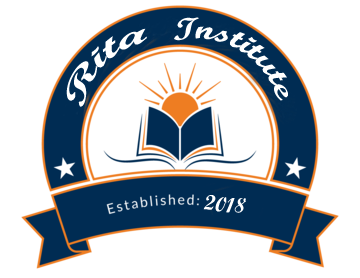Spoken English Class Note 11
PUNCTUATION MARKS AND USE OF CAPITAL LETTERS
Punctuation is placed in text to make meaning clear and to make reading easier. The various punctuation marks perform four functions: they (1) separate (a period separates sentences), (2) group or enclose (parentheses enclose extraneous information), (3) connect (a hyphen connects a unit modifier), and (4) impart meaning (a question mark may make an otherwise declarative sentence interrogative). The function of a punctuation mark is the basis for the rules governing its use and should be the basis for determining whether or not it is needed.Punctuation marks are necessary for reading as well as writing skills.
The punctuation marks are:-
1)Full Stop[.]
2)Comma[,]
3)Semi-colon[;]
4)Colon[:]
5)Question mark[?]
6)Exclamation mark[!]
7)Hyphen[-]
8)Dash[_]
9)Apostrophe[‘]
10)Inverted Comma[‘_’][“_”]
1)Full stop(.)
The full stop indicates the close of a complete sentence.
-Except exclamations and interrogative.
-Abbreviations
-Initial letters.
EXAMPLE:
1)He is going to a shop.
2)Bring me a glass of water.
3)Please maintain silence.
2)Comma(,)
The Comma represents the shortest pause. It is used to separate two or more words of the same part of speech Nouns, Pronouns, Adjectives, Verbs and Adverbs.
EXAMPLE:
1)James, the famous English poet.
2)He spoke easily, clearly, and fluently.
3)The children laughed, danced, and jumped.
3)Semi-colon[;]
The Semi Colon indicates a pause greater than a comma.
EXAMPLE:
1)She did not work hard; therefore, she must fail.
2)Study harder; otherwise, you will fail.
3)Rajesh failed; for he did not work hard.
4)Colon[:]
The function of the colon is to separate and introduce lists, clauses, and quotations, along with several conventional uses.The Colon makes a longer pause than the semicolon.
EXAMPLE:
1)Keats says: “A thing of beauty is a joy forever.”
2)Shakespeare says: “Brevity is the soul of wit.”
3)Truth is God: God is truth.
5)Question Mark[?]
The Question mark is used at the end of a Direct Question.
EXAMPLE:
1)Who are you?
2) What is your name?
3)Are you going to school?
6)Exclamation mark[!]
The Exclamation mark is used after words or sentences which express sudden feeling or wish.
EXAMPLE:
1)Alas! I am undone.
2)May you live long!
7) The Hyphen ( – )
To make compound words using Nouns and Adjectives such as
Father-in-law,Tug-of-war, Twenty-two, etc.
EXAMPLE:
1)Father-in-law
2)Tug-of-war
3)Twenty-two
8) The Dash (-)
To indicate a break or sudden turn of thought.
EXAMPLE:
1)I was going to say – but would you mind listening to me.
2) If my son were alive – but why think of the past.
9) The Apostrophe ( ‘ )
To indicate the plural of Letters and figures.
EXAMPLE:
1)It’s a nice day outside
2)You’re not supposed to be here.
3)Who’s at the door? .
10)Inverted Comma[‘_’][“_”]
Inverted Commas indicate the beginning and the end of a Quotation or the actual words used by the speaker.
EXAMPLE:
1)He said to me, “You are a good boy.”
2)Pope says, “A little knowledge is a dangerous thing.”
